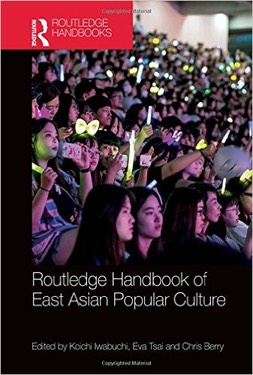
For a long time I have been wondering about a recurring theme in Japanese cinema: the seeming inability of Japanese to escape Japan. Characters contemplate or even actively try to leave Japan but are stopped at the border, sometimes even dying on the beach. This is not necessarily new—one of Yoshida Kiju’s films was even called Escape from Japan (Nihon dasshutsu, 1964)—but I especially noticed it in films from the 1990s. Kitano Takeshi or Miike Takashi often had characters dying at limits of national territory. Aoyama Shinji’s Helpless featured a character mentioning an episode of The Prisoner, in which Number 6 flees the Village only to be returned there—as if implying that Japan itself is the Village. And Kurosawa Kiyoshi’s Barren Illusion (Oinaru gen'ei, 1999) even had a character travel all the way to the airport so as to leave the country, go to the check-in counter, and end up being ignored, forcing her to return.
This, however, is the age of globalism, when national borders are breaking down, goods and people constantly cross boundaries, and the nation itself is under question. How can there be so many representations of Japanese unable to leave Japan when Japanese are traveling to other nations all the time?
I have mentioned this issue in a number of articles, but I finally wrote a piece that focuses on it in the Routledge Handbook of East Asian Popular Culture, edited by Koichi Iwabuchi, Eva Tsai, and Chris Berry. While noting how kokutai theory envisioned a nation able to absorb all others—a self without an other—I reject the simplistic argument that this just reflects nationalism in Japan or a conservative rejection of globalism. Looking at many phenomena ranging from anime to sekai-kei, the endless everyday to capitalist realism, I consider films such as Tomita Katsuya’s Saudade (Saudāji, 2011) to think about the precarious realities of inescapability and how they might relate to the problems of new media.
Please also check out the rest of the book, which not only has articles on Chinese and Korean film by Chris Berry and Soyoung Kim, but also many pieces on other, especially transnational aspects of East Asian popular culture.
Here is the bibliographic information for my piece:
- Aaron Gerow. “Globalism, New Media, and Cinematically Imagining the Inescapable Japan,” Routledge Handbook for East Asian Popular Culture. Eds. Koichi Iwabuchi, Chris Berry, and Eva Tsai. London: Routledge, 2017. Pp. 86–92. ISBN 978-0415749428

